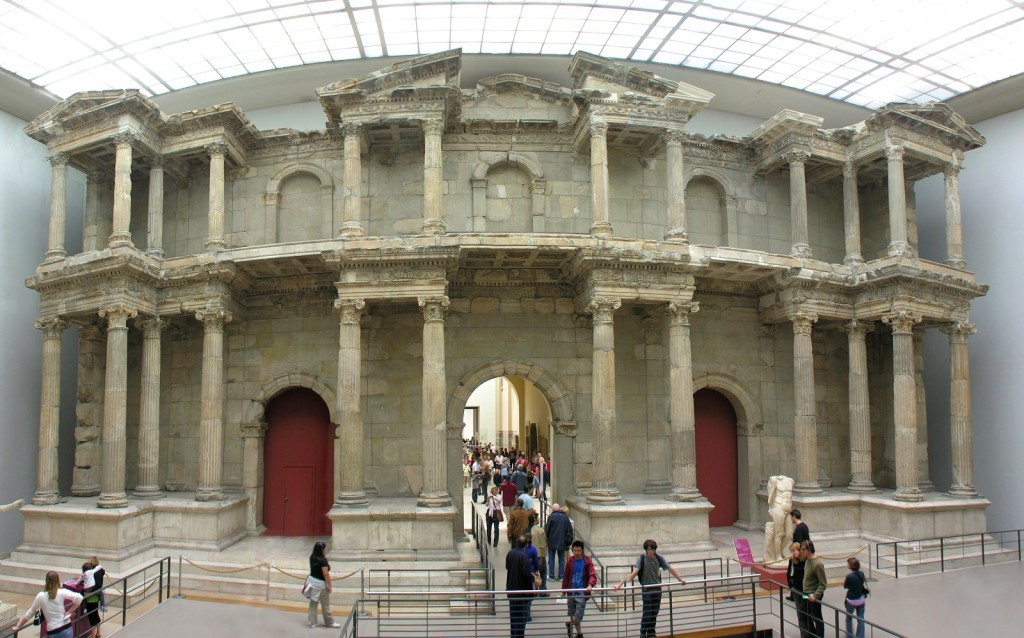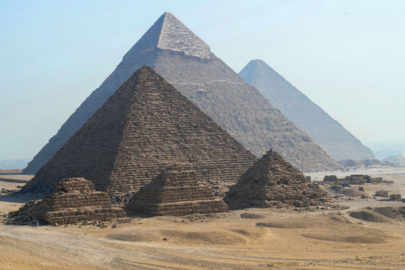Sunday is the last day to admire the star attraction of the Pergamon Museum in Berlin. The 2nd-century-B.C. marble Pergamon Altar after which the museum is named is named won’t be featured for the next five years due to renovation efforts.
The amazing Greek work was brought to Germany from modern-day turkey in the late 19th Century. The work features Greece’s greatest heroes and gods battling to destroy enemies in the war known as the Gigantomachy. The actual work was restored between 1994 and 2004 however now the museum itself is due for a makeover.
Last year 1.5 million visitors came to the museum to see this work alone. The announcement for the work’s removal has prompted huge queues outside the museum as travelers lined up for a last-minute peek at the masterpiece.
The Pergamon gate will no longer be available and the Greek antiquities section will also be shut down. The only remaining thing to see will be the wing housing the Ishtar Gate and the Market Gate of Miletus.
Pergamon’s Museum Antiquity Collection Director Andreas Scholl believes that the museum will get fewer visitors after Sunday and discussions are on to reduce ticket prices. Plans are also being considered to recreate the altar with a light display during its absence.
The Pergamon Altar
The Pergamon Altar is a monumental construction built during the reign of King Eumenes II in the first half of the 2nd Century B.C. in the ancient city of Pergamon in Ancient minor. The structure is 35.64 meters wide and 33.4 meters deep with the front stairway alone at 20 meters in width. The base is decorated with a frieze showing the battle between the Giants and the Olympian Gods (Gigantomachy). The restoration of the hall housing the Pergamon Exhibit will be reopen in late 2019 or 2020.


































